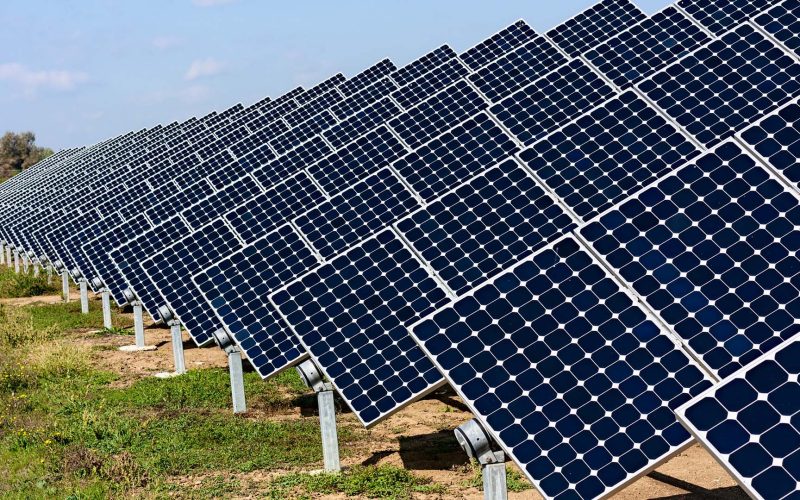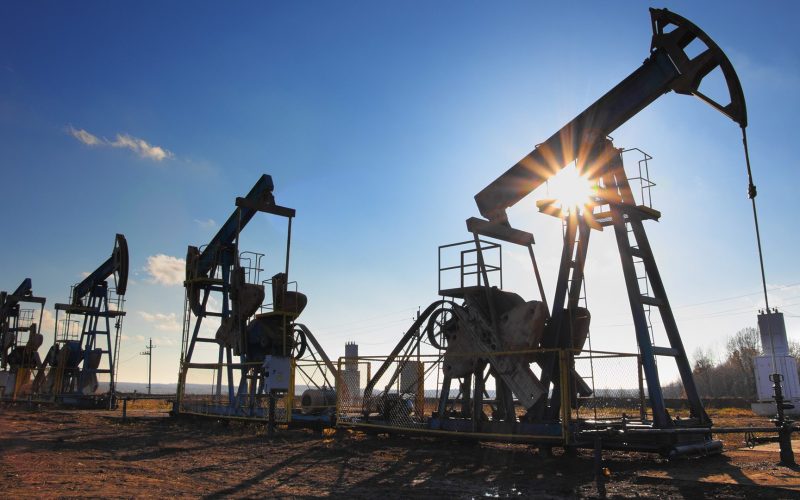THE VOICE FOR THE ENERGY CONSUMER

WASHINGTON, D.C. – Consumer Energy Alliance (CEA) released the following statement about the Senate Energy and Natural Resources Committee hearing on Thursday entitled “The Use of Energy as a Tool.

WASHINGTON, D.C. – Consumer Energy Alliance (CEA) released the following statement in response to reports that the Biden Administration plans to ban Russian oil imports, while seeking oil from Iran.

Consumer Energy Alliance Releases Report Highlighting the Economic Harm that a Line 5 Closure Will Have on Midwestern Families, Businesses and Industries LANSING, MI – Shutting down the Line 5.

Consumer Energy Alliance Releases Report Highlighting the Economic Harm that a Line 5 Closure Will Have on Ohio’s Families, Businesses and Industries COLUMBUS, OH – Shutting down the Line 5.

Consumer Energy Alliance Releases Report Highlighting the Economic Harm that a Line 5 Closure Will Have on Michigan’s Families, Businesses and Industries LANSING, MI – Shutting down the Line 5.

Consumer Energy Alliance Releases Report Highlighting the Economic Harm that a Line 5 Closure Will Have on Indiana’s Families, Businesses and Industries INDIANAPOLIS, IN – Shutting down the Line 5.

Consumer Energy Alliance Releases Report Highlighting the Economic Harm that a Line 5 Closure Will Have on Pennsylvania’s Families, Businesses and Industries HARRISBURG, PA – Shutting down the Line 5.

TALLAHASSEE – The Florida House of Representatives today passed Florida House Bill 741, which addresses solar energy expansion and helps modernize net metering incentives, sponsored by Florida Representatives Lawrence McClure.

WASHINGTON – David Holt, President of Consumer Energy Alliance (CEA), the leading energy and environmental advocate for families and businesses, issued the following statement in response to President Biden’s State.